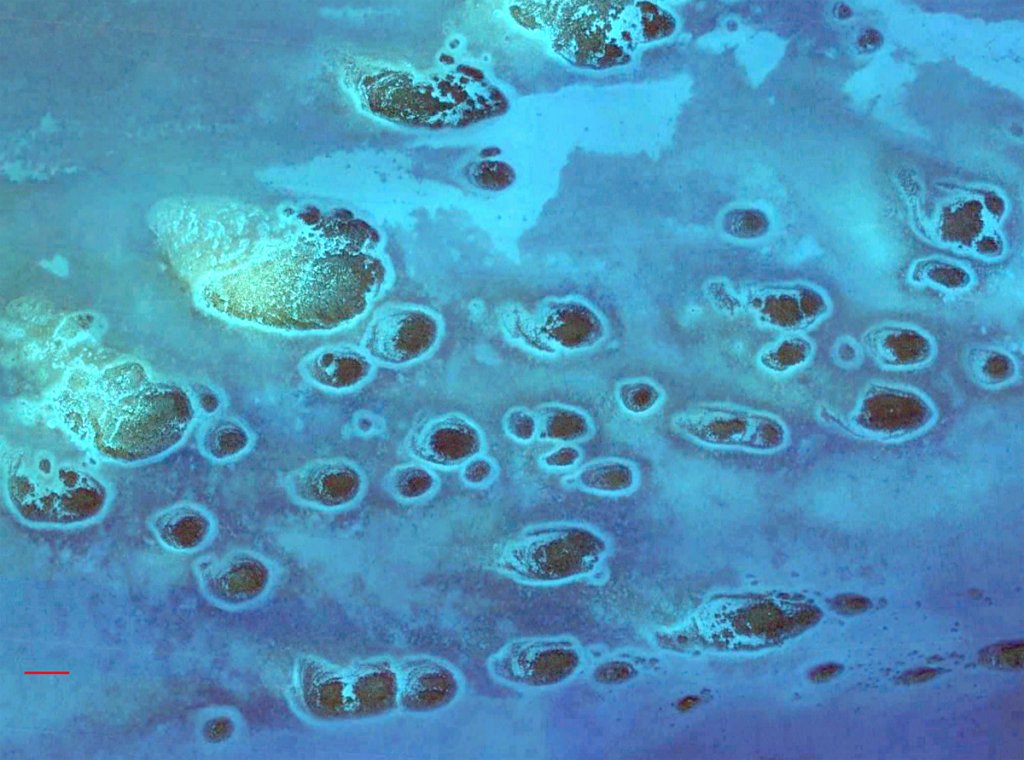What can seascape-scale vegetation patterns on coral reefs tell us about reef health?
PRINCIPAL INVESTIGATOR: Elizabeth Madin
Graduate Fellow: Zackery Rago

Coral reefs worldwide are threatened by a variety of human impacts. Fishing is among the most pressing threats to reefs, because it occurs on most reef systems and alters the structure and function of food webs. Meanwhile, monitoring coral reefs – particularly remote, hard-to-access locations such as the NW Hawaiian Islands (NWHI) – remains notoriously difficult and expensive. We urgently need more cost- and time-efficient ways of monitoring such reefs. We will couple new imaging technologies, such as very-high-resolution drone-based aerial imagery, with traditional laboratory-based experiments to unravel the mystery of what the globally-widespread patterns of ‘halos’ around coral reefs can tell us about how reef ecosystems may be changing over space and/or time due to fisheries or marine reserves. This work will therefore pave the way for the development of a novel, technology-based solution to the challenge of monitoring large areas of coral reef – including extremely remote reefs such as those of the NWHI. The proposed research is therefore highly relevant to two of the Hawai’i Sea Grant focus areas, Healthy Coastal Ecosystems and Sustainable Fisheries and Aquaculture.

